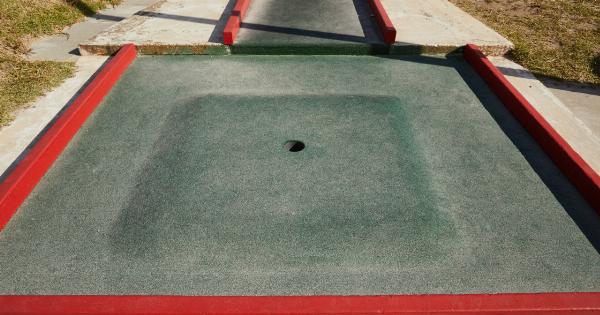Female sexual desire has long been a topic of fascination and study. Over the centuries, societal views and scientific understandings of women’s sexuality have evolved.
In this article, we will delve into the historical and cultural perspectives on female sexual desire, as well as explore the biological and psychological factors that influence it.
Historical Perspectives
In ancient societies, female sexuality was often viewed as mysterious and enigmatic. Early texts and artwork depict women’s sexuality as powerful and revered.
However, as religious and societal norms began to shape cultural values, women’s sexual desires were often suppressed and considered taboo.
The Victorian Era
The Victorian era, known for its strict moral code, had a significant impact on female sexual desire. Society placed great emphasis on female chastity and purity, limiting women’s sexual expression and pleasure.
This era perpetuated the notion that women had little to no sexual desire, with any sexual feelings being deemed inappropriate or deviant.
Sexology and the Emergence of New Ideas
During the late 19th and early 20th centuries, the field of sexology emerged, challenging traditional beliefs about female sexuality.
Scientists and pioneers like Sigmund Freud, Havelock Ellis, and Marie Stopes played essential roles in advancing our understanding of female sexual desire.
The Sexual Revolution and Beyond
The 1960s and 1970s marked a significant turning point with the sexual revolution. Women began asserting their sexual autonomy and demanding sexual liberation.
This era saw the rise of feminist movements advocating for women’s sexual rights and pleasure, challenging the notion that women’s sexuality was solely for procreation.
The Influence of Biology
Biological factors play a crucial role in shaping female sexual desire. Hormones, such as estrogen and testosterone, influence libido and sexual arousal.
These hormones fluctuate throughout a woman’s menstrual cycle, impacting her desire for sexual activity.
Social and Psychological Factors
While biology plays a significant role, social and psychological factors also heavily influence female sexual desire.
Societal expectations, cultural norms, relationship dynamics, body image, and self-esteem are just some of the factors that can either enhance or hinder a woman’s sexual desire.
The Impact of Stress and Health
Prolonged stress, physical health issues, and certain medications can adversely affect female sexual desire. Stress can decrease libido by increasing cortisol levels, a stress hormone that can suppress sexual desire.
Additionally, medical conditions such as depression, diabetes, and hormonal imbalances can impact a woman’s sexual desire.
Towards a Holistic Understanding
Today, societal attitudes towards female sexual desire are becoming more inclusive and accepting.
Science and research have shed light on the complexities and individuality of women’s sexuality, emphasizing the need for a holistic understanding that acknowledges the diverse experiences and desires of women.
Embracing Female Sexual Desire
It is essential to recognize and embrace female sexual desire as a normal and healthy aspect of a woman’s life.
Open communication, education, and destigmatization are pivotal in supporting women in exploring and understanding their own desires, leading to more fulfilling sexual experiences.
Conclusion
The evolution of female sexual desire reflects the changing attitudes and beliefs surrounding women’s sexual autonomy and pleasure.
From ancient reverence to modern-day empowerment, understanding and acknowledging the various influences on female sexual desire is vital in fostering healthy and fulfilling sexual experiences for women.



























